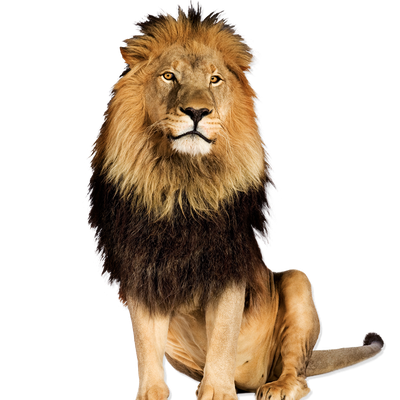Your search
for water
returned 1233 results
-
Common Fossils of the Sydney Basin
https://australian.museum/learn/australia-over-time/fossils/sites/common-fossils-of-the-sydney-basin/The Sydney region, extending from Wollongong to Newcastle and Lithgow, is part of a large geological feature called the Sydney Basin.
-
What do flies look like?
https://australian.museum/learn/species-identification/ask-an-expert/what-do-flies-look-like/The true flies belong to the Order Diptera and include many common insects such as mosquitoes, midges, sand flies, blowflies and the House Fly.
-
Chinese Scroll Painting H533
https://australian.museum/learn/cultures/international-collection/chinese/chinese-scroll-painting-h533/Buddhist devotion in image and words.
-
Looking inside the Earth
https://australian.museum/learn/minerals/shaping-earth/looking-inside-the-earth/The internal structure of the Earth consists of three main parts, the crust, mantle and core. The division between the crust and the mantle is called the Moho.
-
Volcanic rocks
https://australian.museum/learn/minerals/shaping-earth/volcanic-rocks/Volcanic rocks are divided into three main types: basaltic, volcaniclastic and pyroclastic.
-
Australian Brush-turkey
https://australian.museum/learn/animals/birds/australian-brush-turkey/Australian Brush-turkey chicks hatch fully feathered and can fly within a few hours.
-
Melbourne Skate, Spiniraja whitleyi Iredale, 1938
https://australian.museum/learn/animals/fishes/melbourne-skate-spiniraja-whitleyi/Melbourne Skate, Spiniraja whitleyi Iredale 1938.
-
Brown Goshawk
https://australian.museum/learn/animals/birds/brown-goshawk/Brown Goshawks hunt for starlings and house sparrows by flying low over towns and suburban areas in the evenings, when these birds are returning to their roosts.
-
Blue-faced Honeyeater
https://australian.museum/learn/animals/birds/blue-faced-honeyeater/The Blue-faced Honeyeater is one of the first birds heard calling in the morning, often calling 30 minutes before sunrise.
-
Liasis dubudingala
https://australian.museum/learn/australia-over-time/extinct-animals/liasis-dubudingala/Liasis dubudinala is the largest snake known from Australia, estimated to have been about 9 metres in length. The only known specimen of Liasis dubudinala was found at Bluff Downs in northeastern Queensland, and is Pliocene in age (about 4.5 million years old)
-
Book now
Machu Picchu and the Golden Empires of Peru
Now open
Tickets on sale![]()
-
Find out more
Tails from the Coasts
Special exhibition
Opening Saturday 10 May![]()
-
Find out more
Wild Planet
Permanent exhibition
Open daily![]()
-
Discover more
Minerals
Permanent exhibition
Open daily![]()





